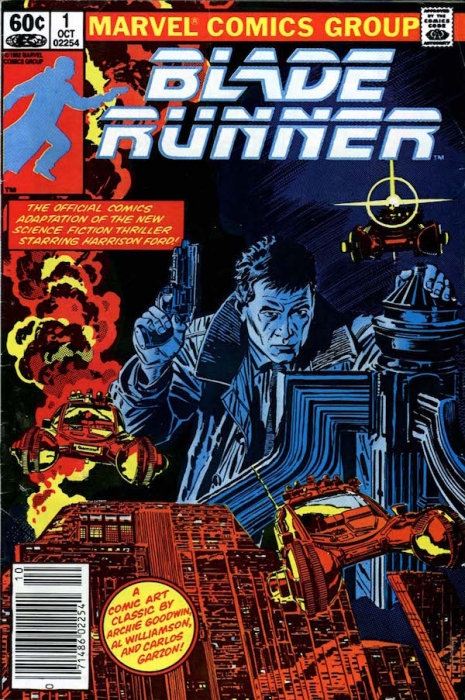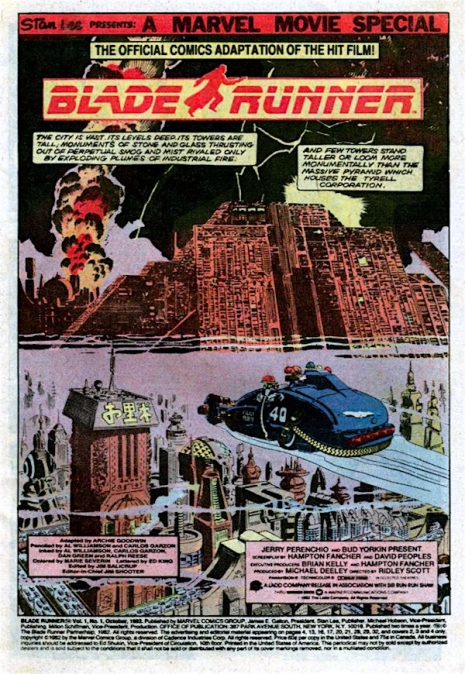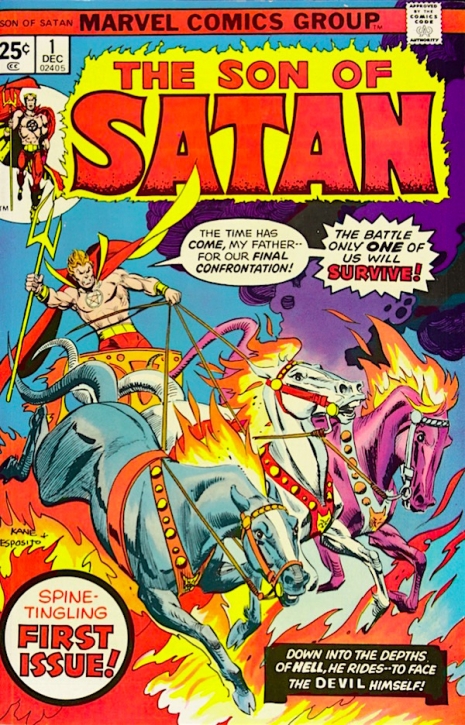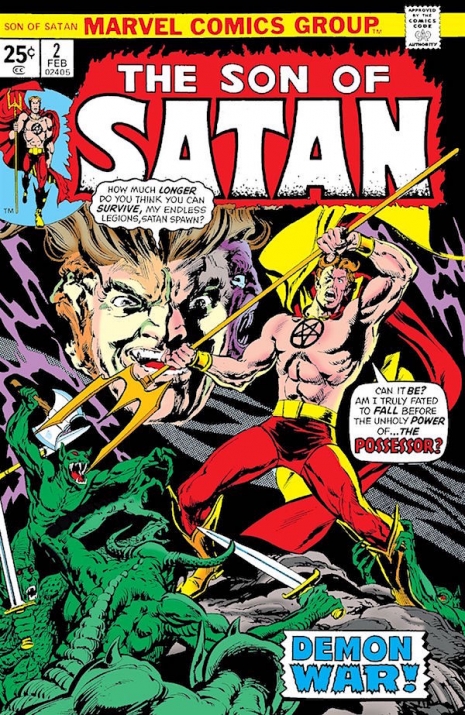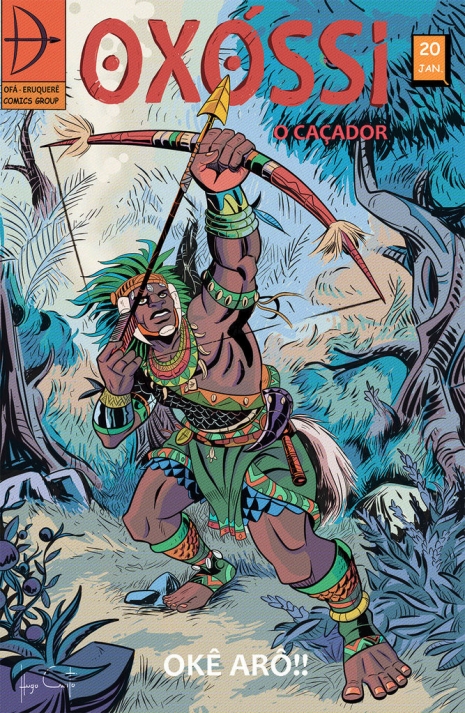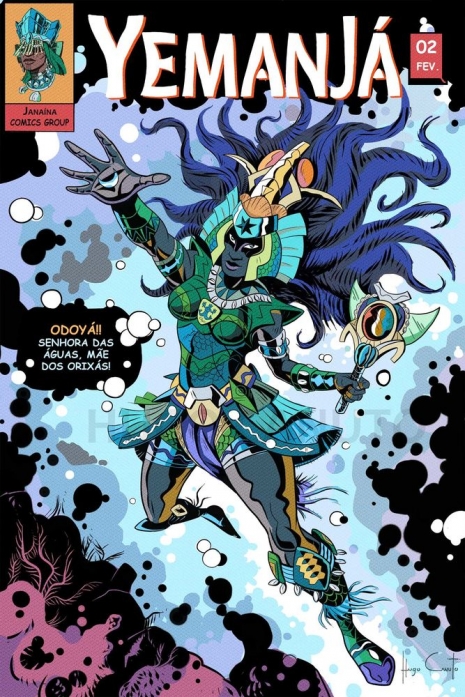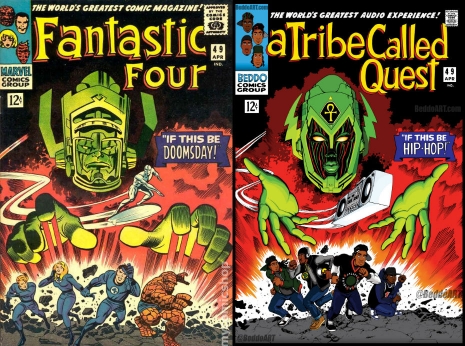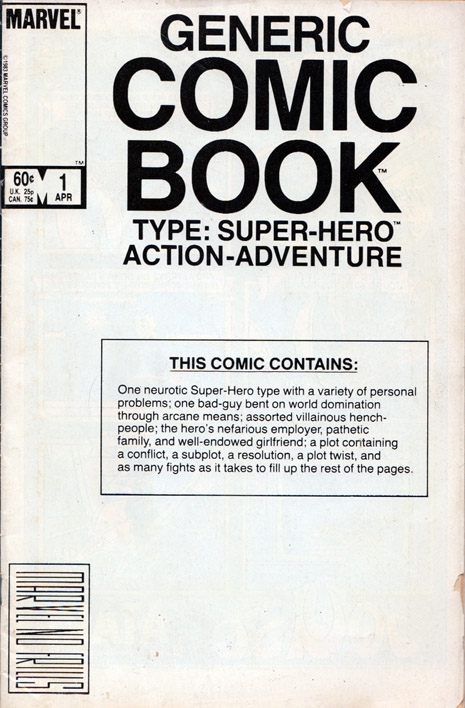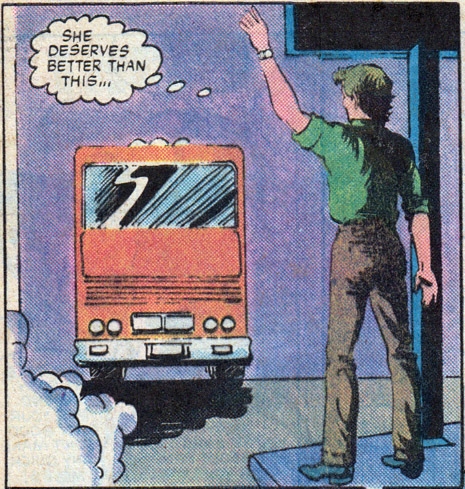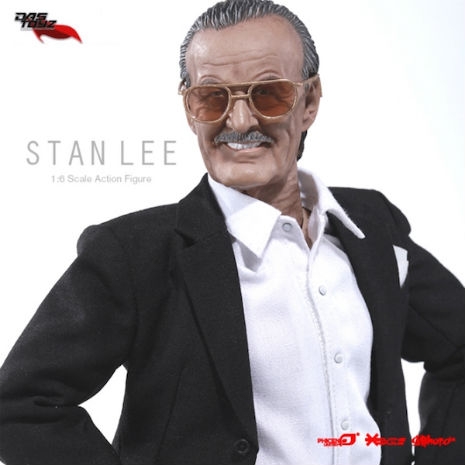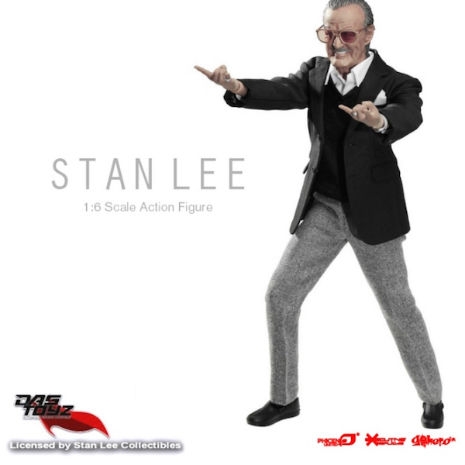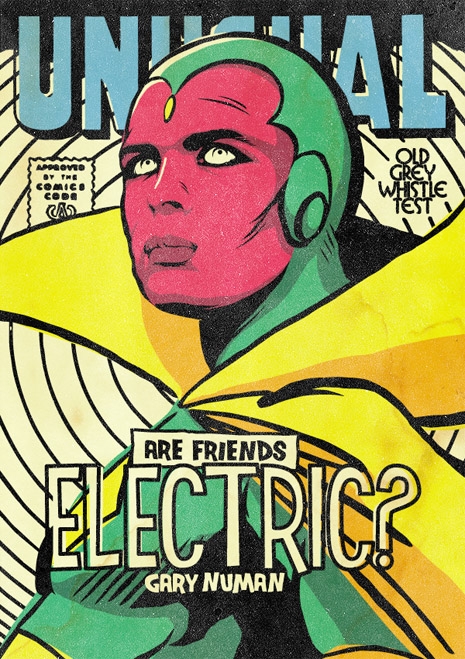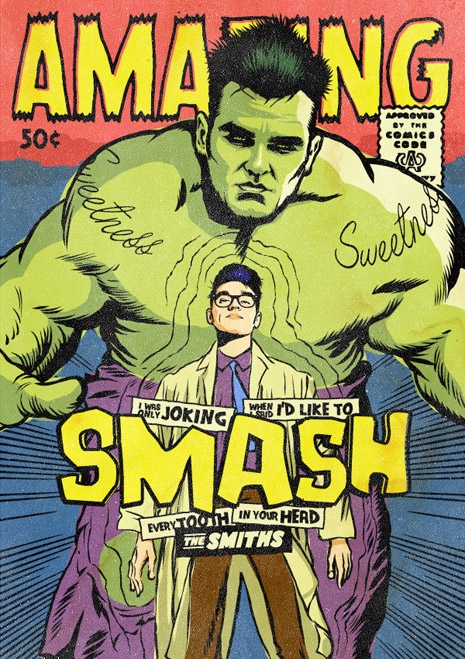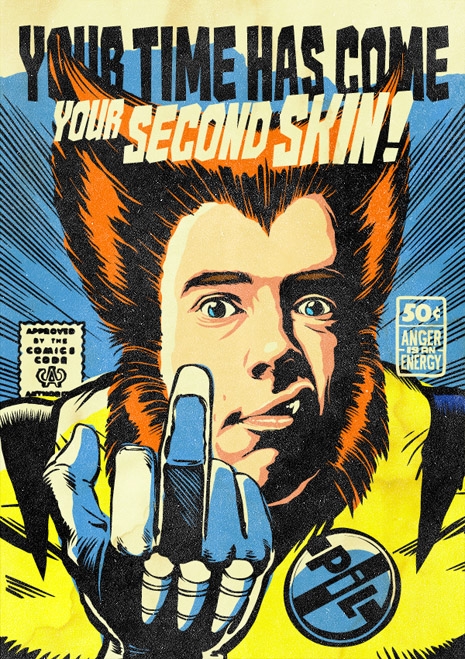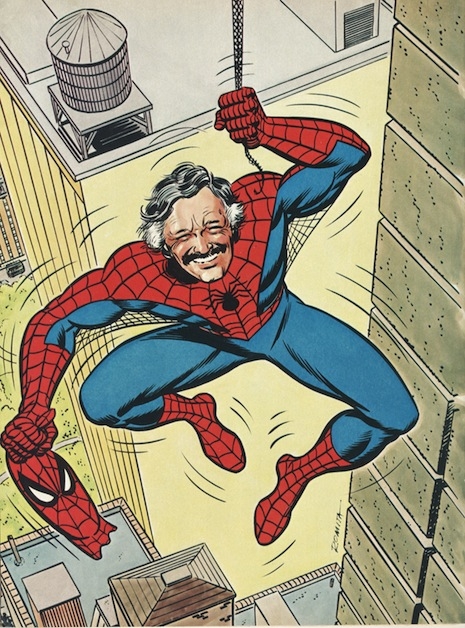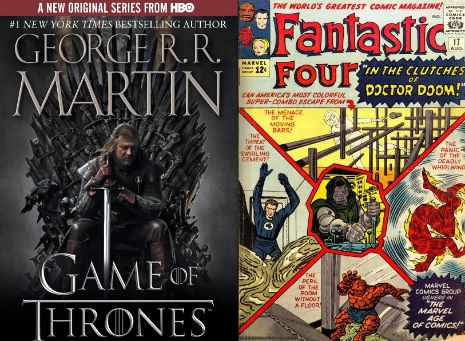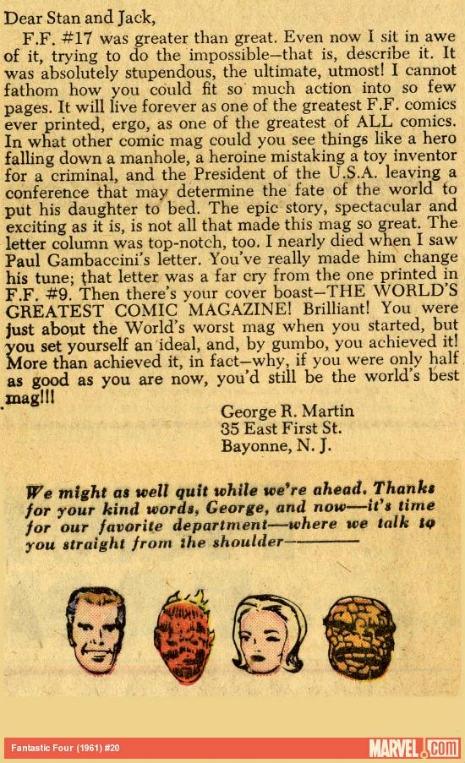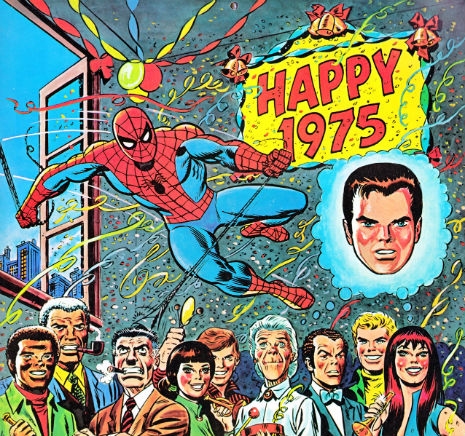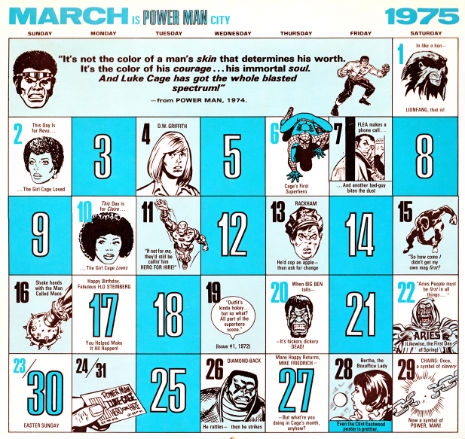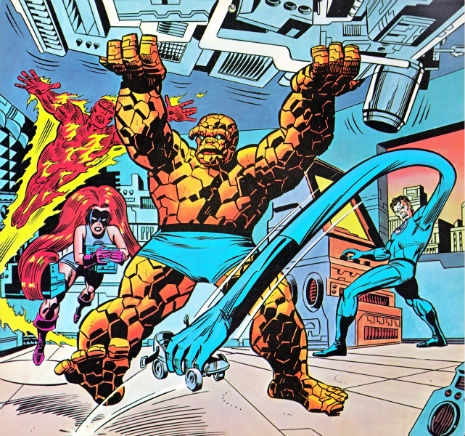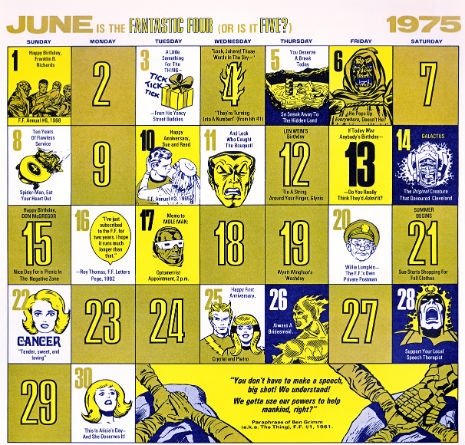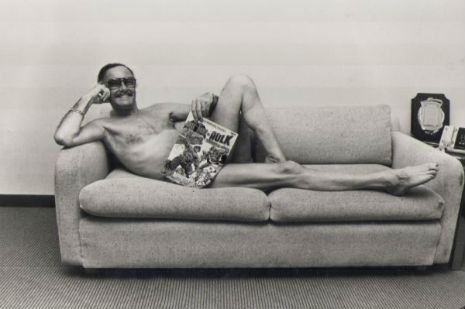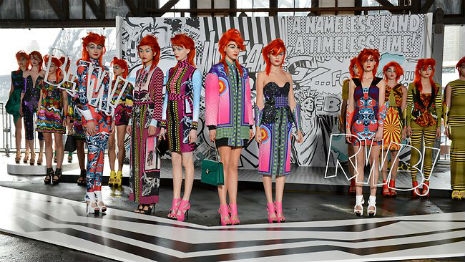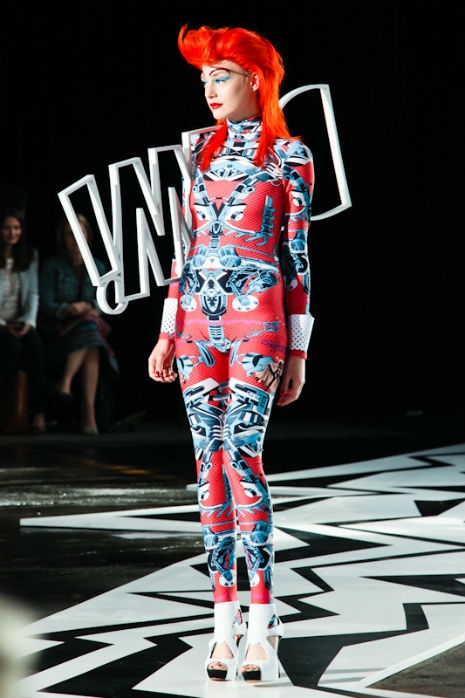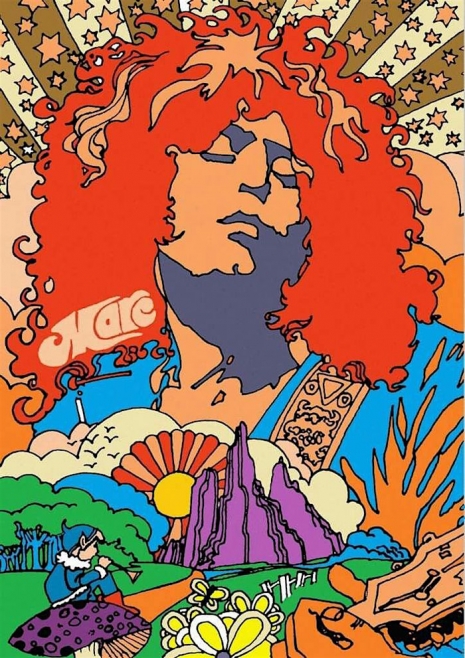
Marc Bolan loved comic-books. The Beano, The Dandy, The Topper, he read ‘em all and enjoyed the hilarious hijinks of the cheeky school kids contained therein. But he had a particular love for Marvel Comics and their far out superheroes like Silver Surfer and Doctor Strange. Bolan went so far as to even make reference to his favorite comic-book heroes in songs like “Mambo Sun” where he sang:
On a mountain range,
I’m Doctor Strange for you…
Yes, Marc, you are, oh but you are…
So, maybe it was inevitable, fated even, that Bolan would one-day interview legendary Marvel Supremo Stan Lee.
In 1975, Bolan had an occasional stint doing interviews on BBC radio program Today. It was the Beeb’s way of “getting down with the kids” by having a pop star talk to the kind of hip people they would like to interview in the hope this would bring in a younger audience to their flagship news and current affairs show.
That October Stan Lee was in London to launch a new British comic book The Titans. He was also in the Big Smoke to give a “one performance only” at the Roundhouse where he was to talk about “all your favorite Marvel superheroes” followed by the opening of a major exhibition of Marvel Comic’s artwork at the Institute of Contemporary Arts.
Having Lee in London was too good an opportunity for Bolan to miss, so an interview was arranged…
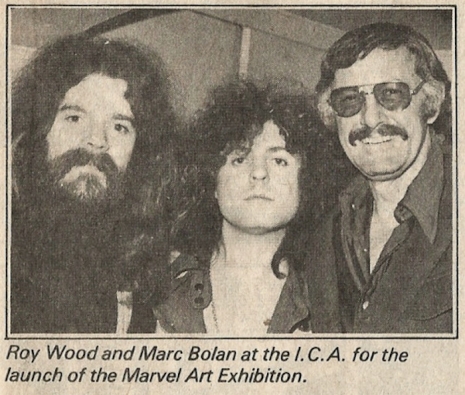
To get some more skinny on Bolan’s love of Marvel Comics let’s spool forward a year to when Neil Tennant—long before he was one-half of the Pet Shop Boys—interviewed Bolan about his love of Marvel Comics:
“I’ve been into Marvel since 1967. The Silver Surfer, in particular, was one I liked, Dr. Strange was another. At that time they were very weird compared to the other comics on the market, though they got more commercial since then and Stan Lee was a great writer.”
“It was nice meeting Stan last year, he was lovely to interview. Really he’s a hustler, a solid gold easy hustler! That’s just the way Comic guys should be, he’s got such a lot of energy.”
“We talked about the possibility of me creating a super-hero for him. something along the lines of Electric Warrior, a twenty-first century Conan.”
“In fact, I don’t like Conan as a character—I think he should be something less of a barbarian, more like one of Michael Moorcock’s characters. You could make a much better composite character using Moorcock’s Elric, with a bit of the Silver Surfer, a bit of Thor, and create a far more involved character, a character more in touch with now ...”
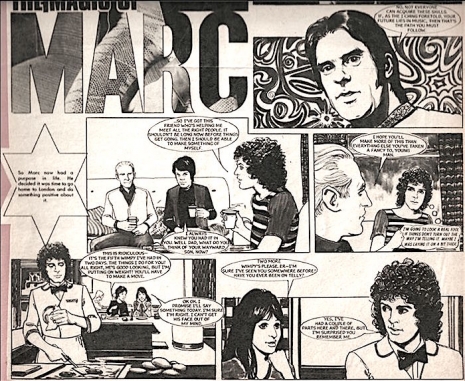
Bolan as he appeared in his own comic strip ‘The Magic of Marc’ from ‘Jackie’ magazine 1972.
More Marc Bolan on Marvel Comics plus his interview with Stan Lee, after the jump…






